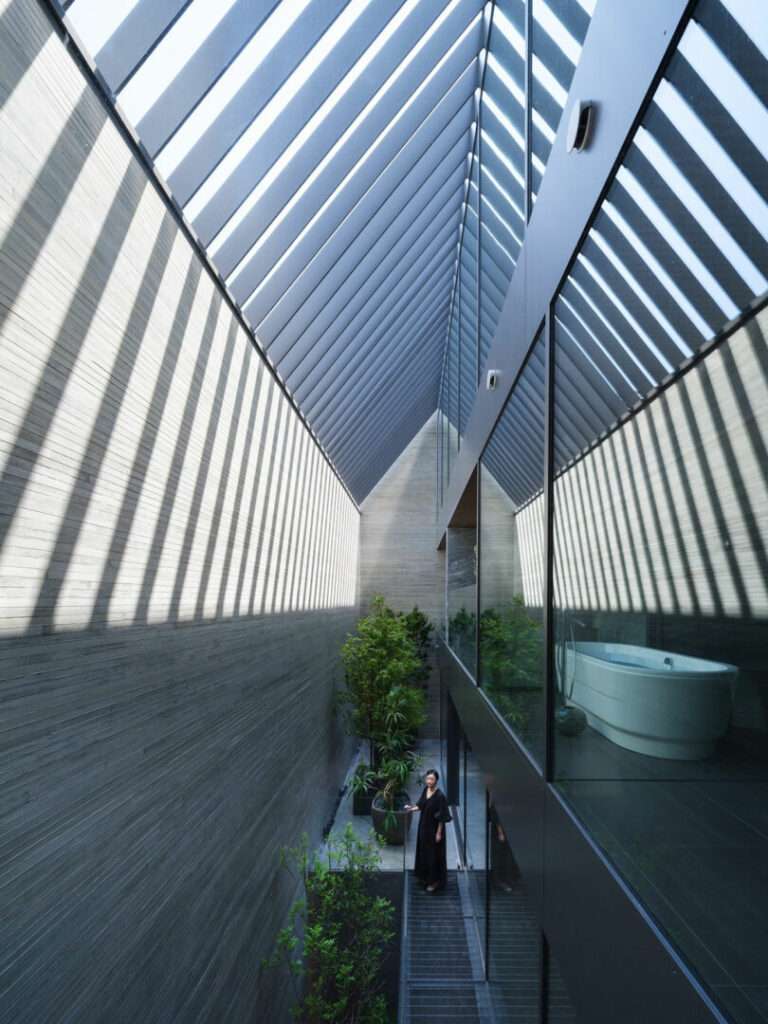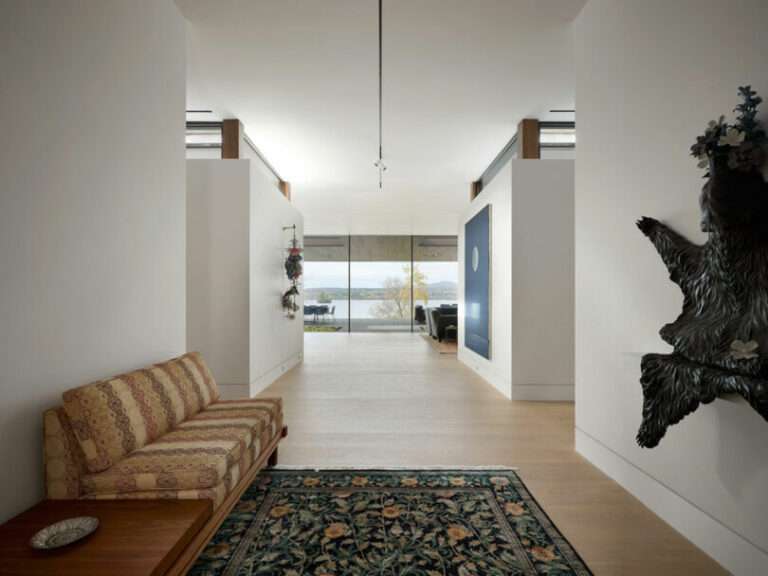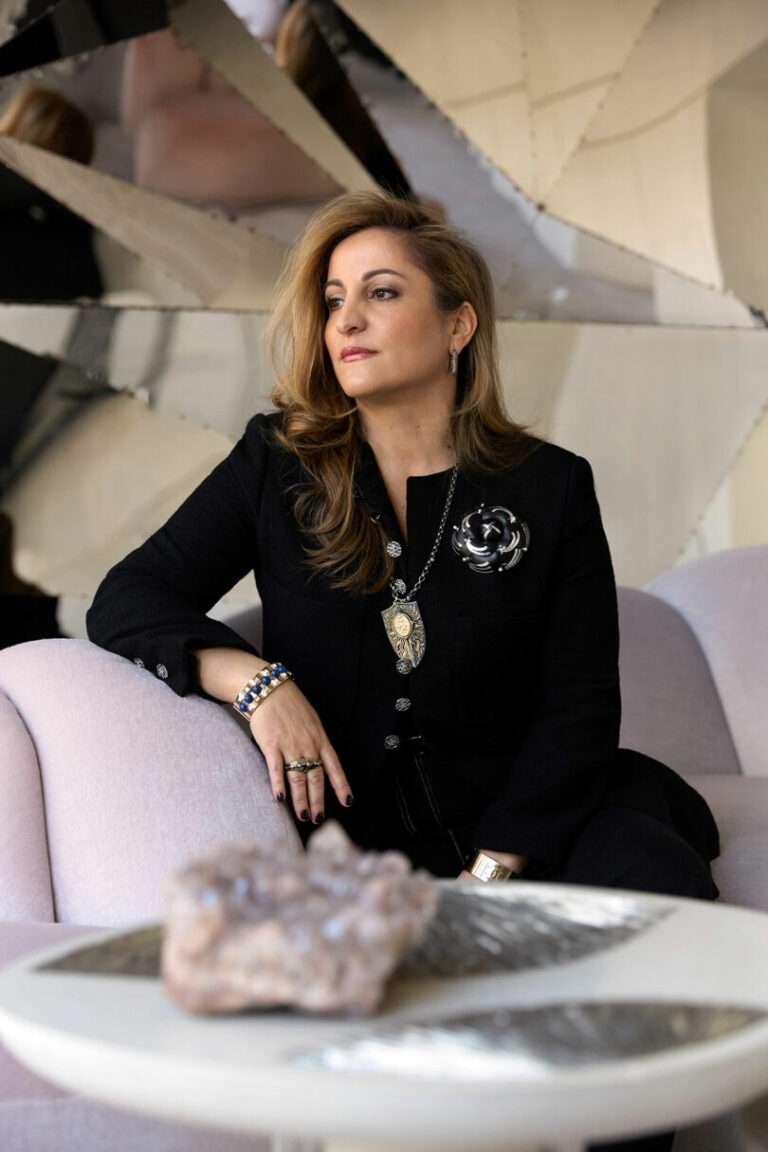Textiles are a definitive indicator of culture. Fiber content, construction style, patterning, and color cues are all crucial elements to the essence of a fabric, defining our clothing, linens, and household fabrics for eons. After a successful run at the IKEA Museum in Älmhult, Sweden, IKEA presents their inaugural textile exhibition at Edinburgh’s Dovecot Studios, highlighting their collaborations throughout the years, celebrating independent designers and uplifting their work to a global stage. Showcasing textile iconography spanning 60 years, the exhibit illuminates the lasting impact the Swedish brand has had on design history at large. Innovation and collaboration are tenets central to the IKEA, and IKEA Museum: Magical Patterns is emblematic of this communal energy.
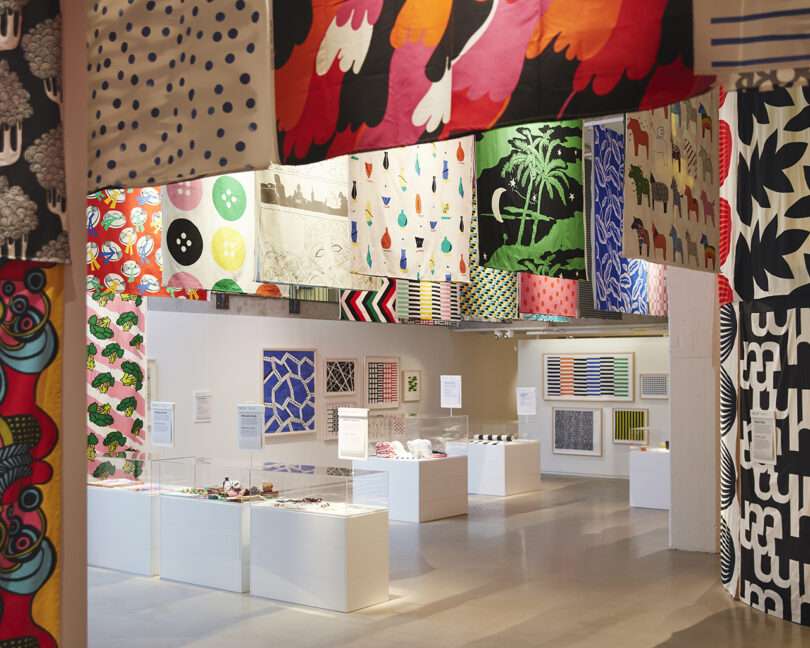
Featuring 180 vintage and contemporary designs, including collaborations with Zandra Rhodes and Marimekko, the colorful explosion rings true to IKEA’s symphony of items – a multitude of colorful, affordable, yet carefully considered objects. Poppy, brilliant colors adorn a multitude of fun prints, some taking on an I-Spy level of granularity.
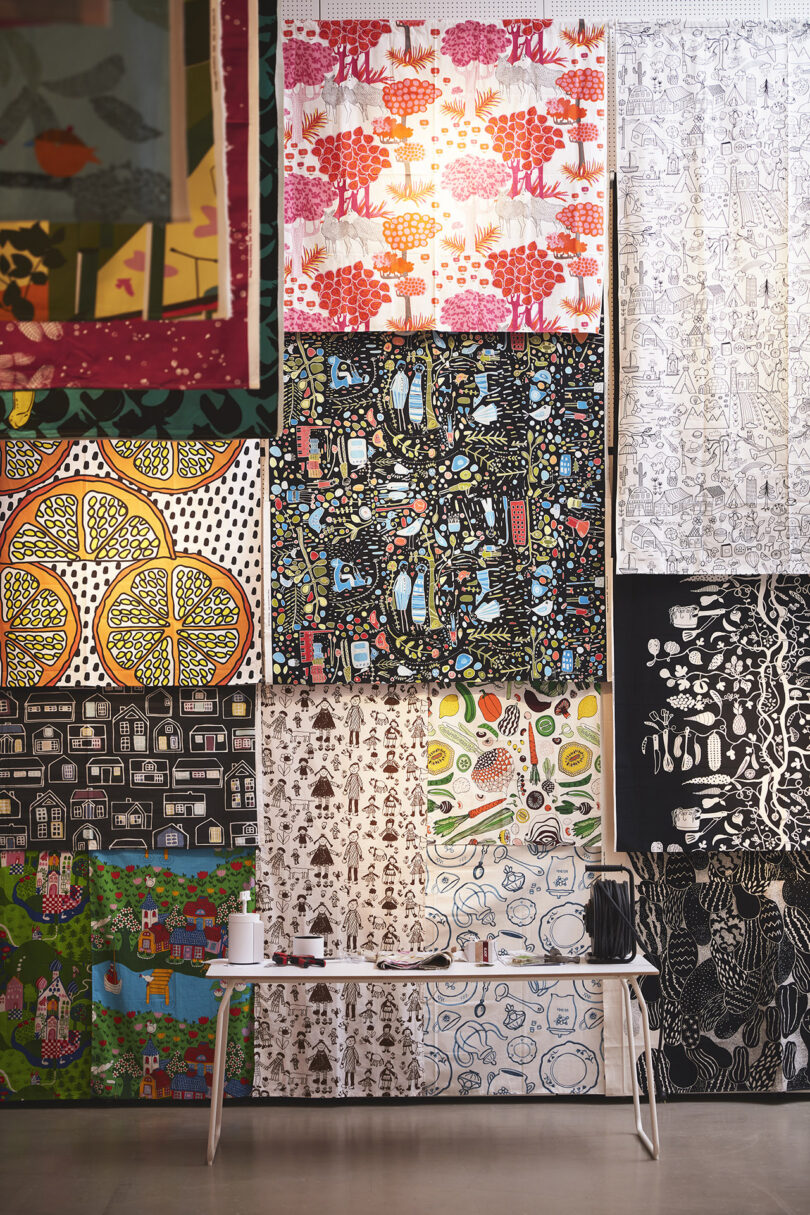
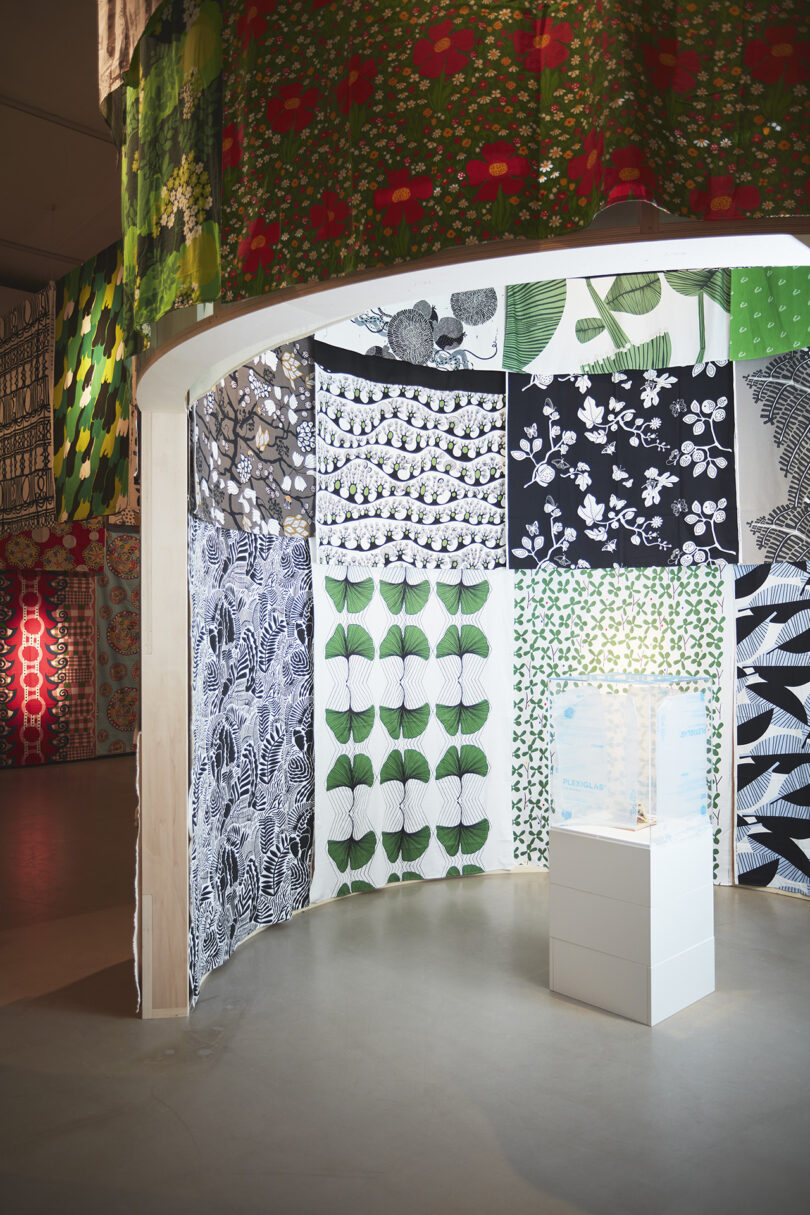
Natural details are a central theme within the iconic pattern works on display, featuring large leaf prints and generously dense ferns in watercolor. Happy florals meet graphic foliage, in cool colorways that add a sense of fun and sophistication to any space.
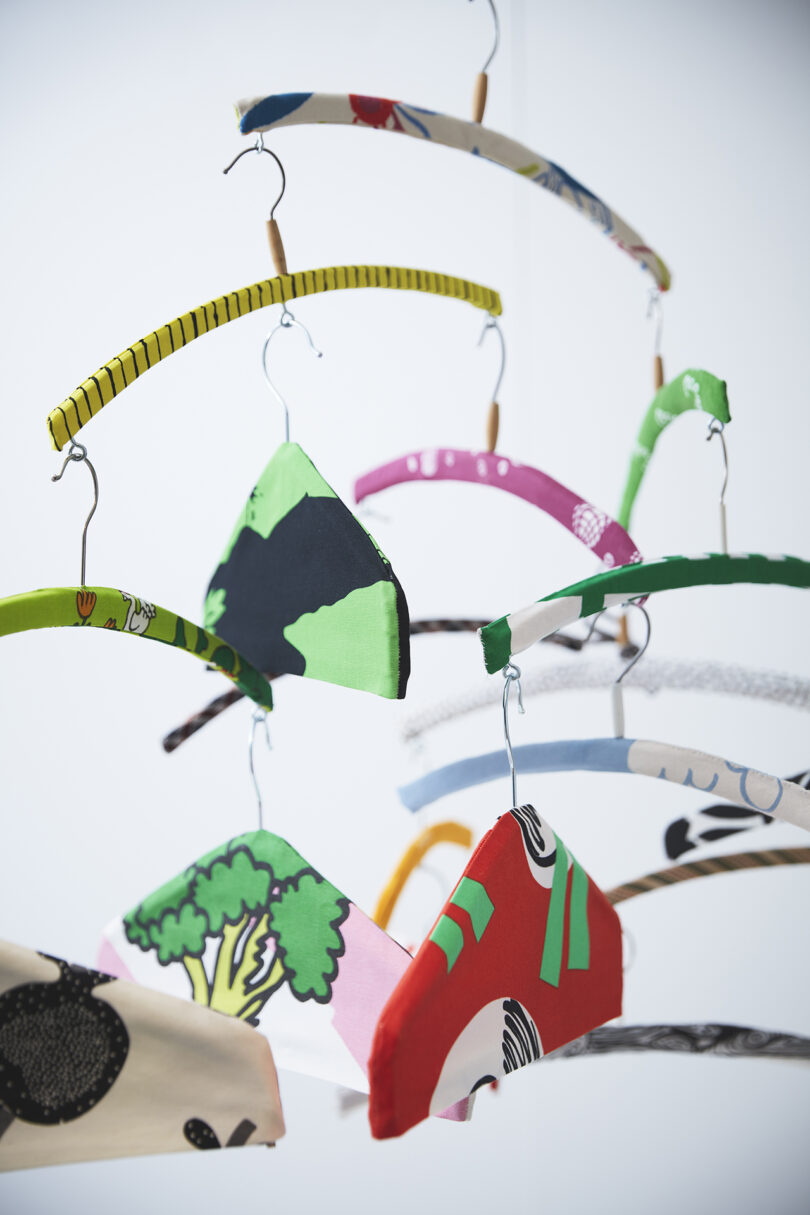
Iconic prints cover mobiles made from hangers, exemplifying some more unexpected uses of textile within the home. Not just relegated to upholstery or tablecloths, IKEA has proven over the years that kitchen, bathroom, and even closet organization can all receive a colorful upgrade.
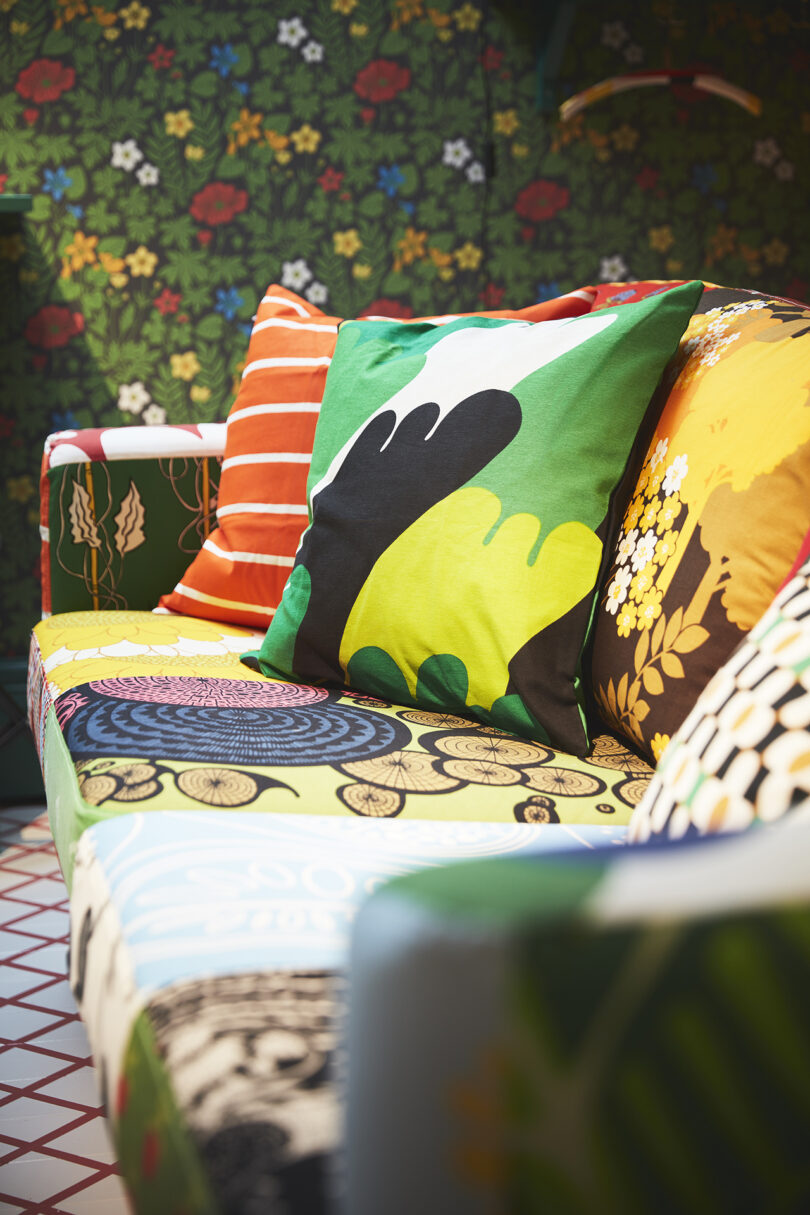
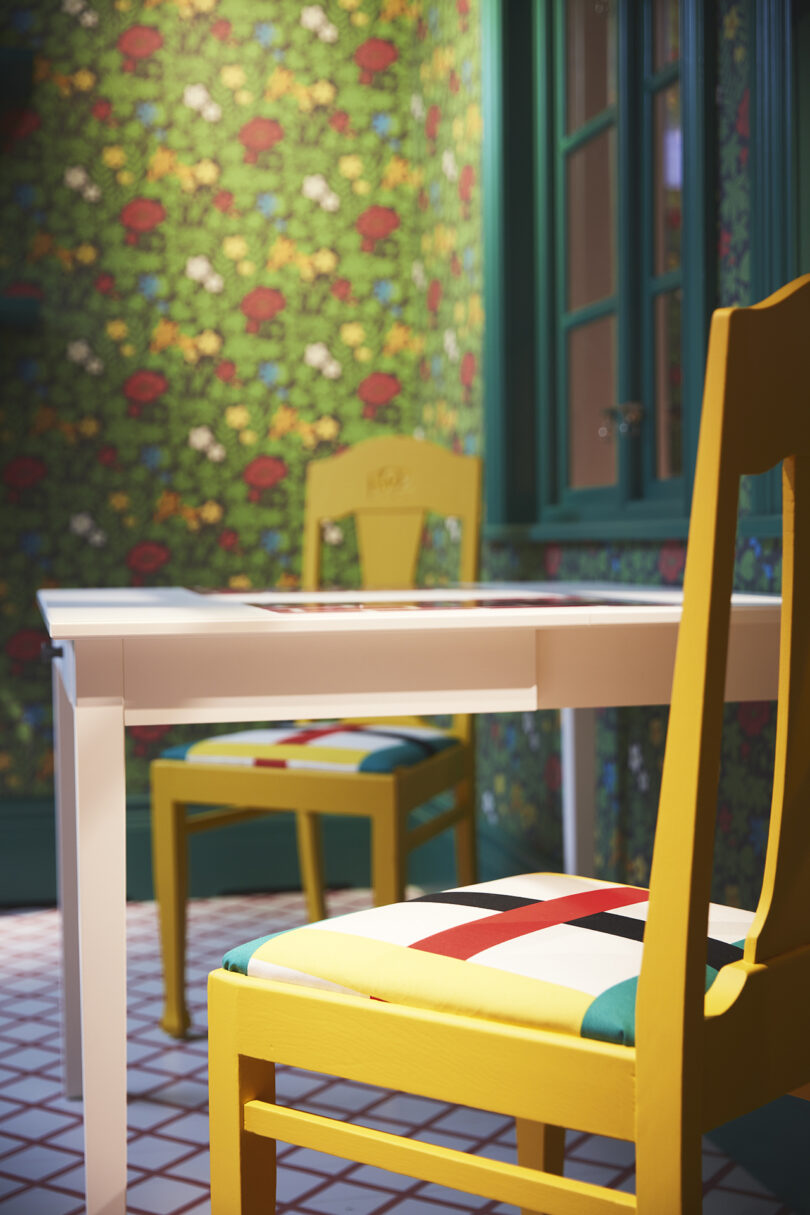
Founded by Ingvar Kamprad in 1943, IKEA has consistently supported democratic design for over 80 years, introducing a fresh sense of color, print, and form. Since the 1960s, the brand has invested in experimental artists and designers for collaborations, like Danish textile artist Bitten Højmark in 1962, and Inger Nilsson in 1965, as the demand for textile design increased. The duo brought forth new technology, including the first Swedish version of the Natural Colour System (NCS) and vibrant patterns, in a world where gray textiles were all that was available.
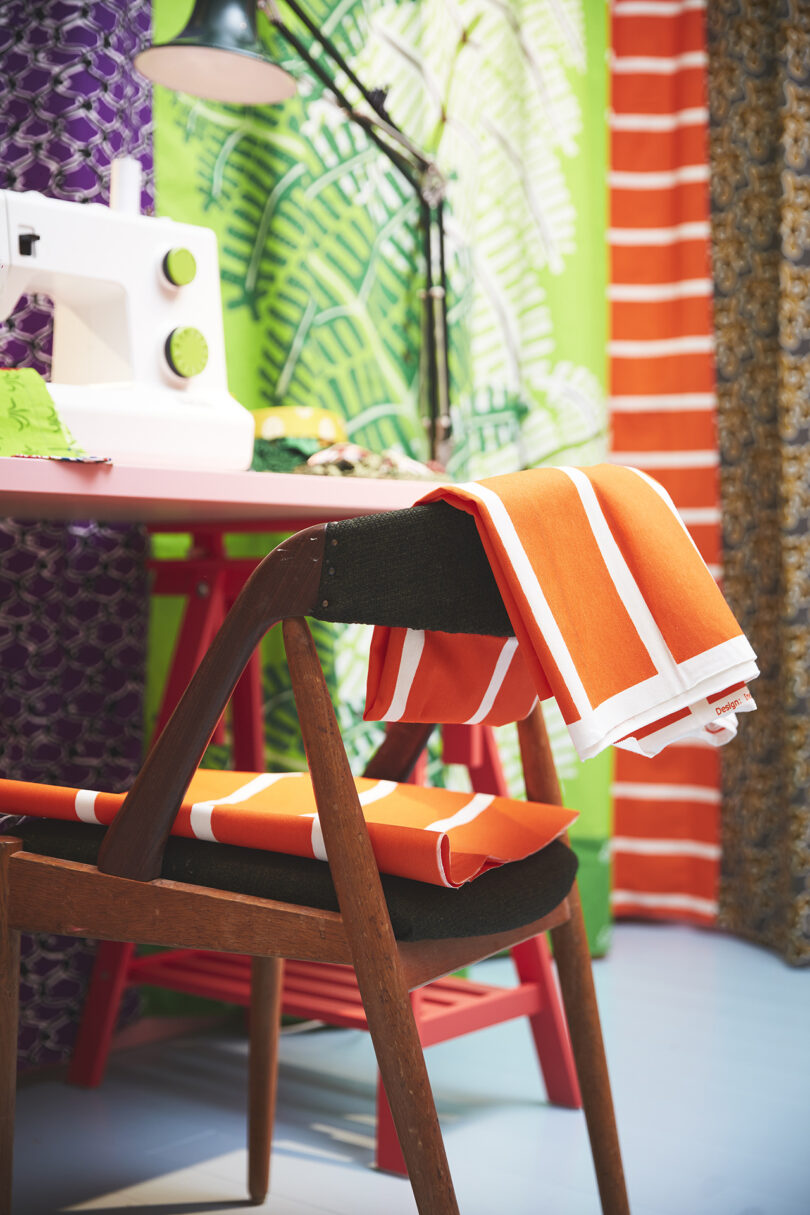
Developed by physicist Tryggve Johansson at Sweden’s National Defence Research Institute, the Natural Colour System (NCS) provided a precise, universal way to describe and reproduce colors across materials. Designer Nilsson recognized the system’s power early on. She championed its use across IKEA, particularly in fabric departments, educating teams on how to display and coordinate textiles in ways that would better connect with customers.
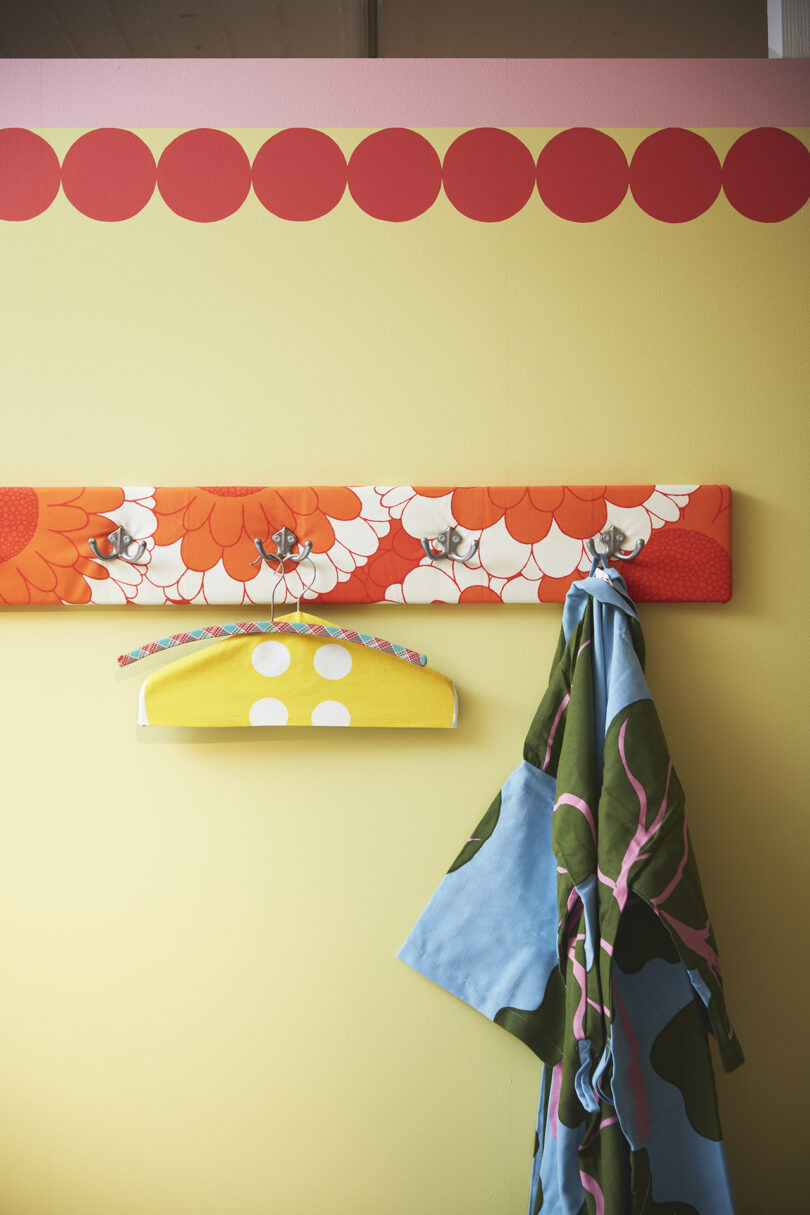
This passion for precision and presentation helped usher in what many fans call a golden age for IKEA textiles. Spearheaded by strong, visionary women, this era was marked by fearless experimentation with pattern, texture, and tone. A prime example is the now-iconic ‘RANDIG BANAN’ by Inez Svensson. The quirky striped banana motif, first created in 1985, went unnoticed for decades before resurfacing in a 2013 limited collection, where it quickly became a cult favorite.
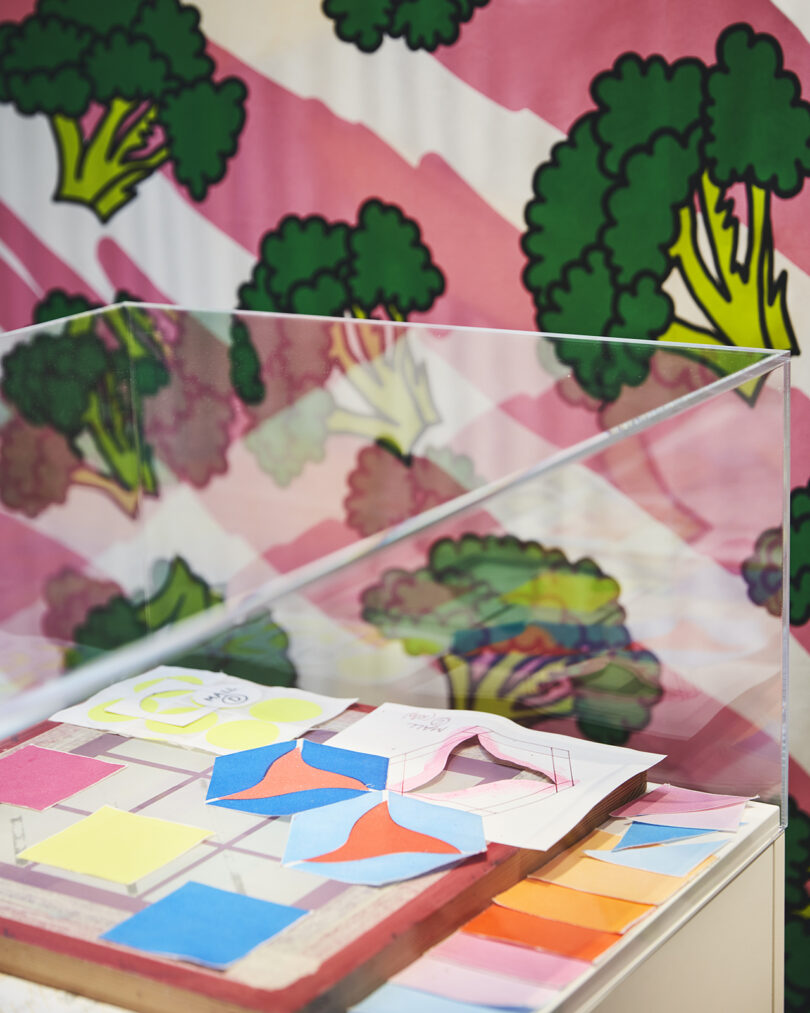
More recent designs have carried that same spirit forward. Ida Pettersson Preutz’s ‘ANNIKEN’ pattern, featuring green broccoli set against wavy neon-pink stripes, embodies the irreverent and joyful energy that continues to define IKEA’s approach to textiles. From technical innovation to bold artistic expression, the company’s textile history is one of both discipline and delight – a reflection of IKEA’s ongoing mission to make everyday life more colorful.
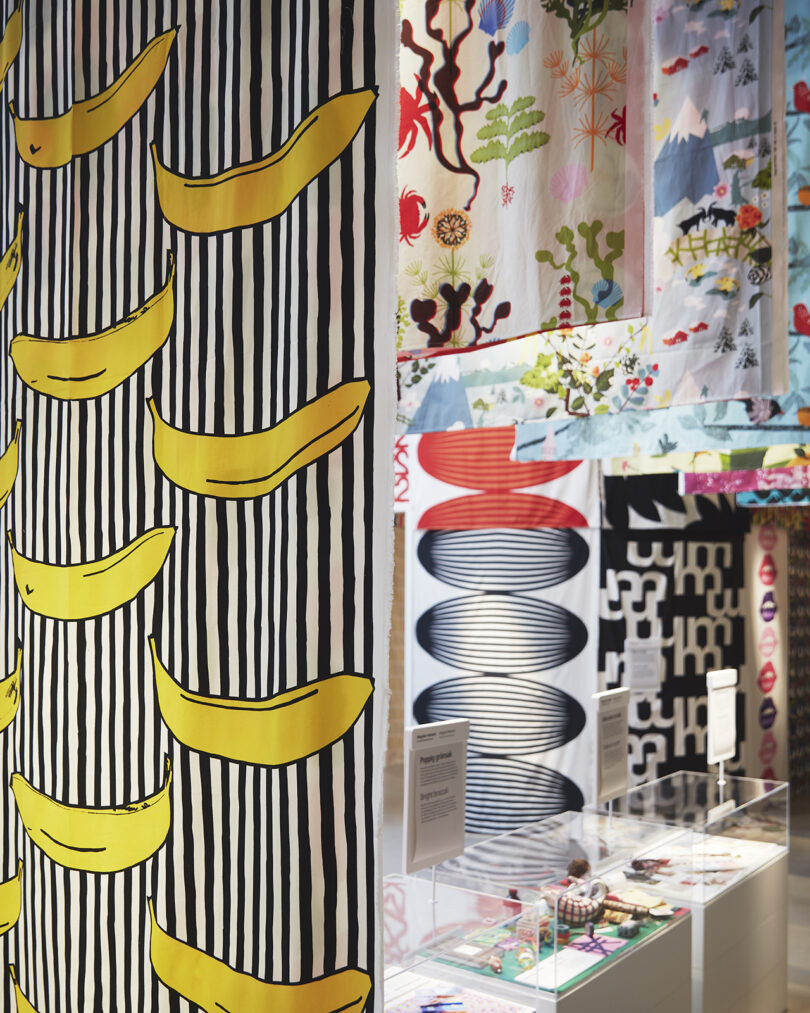
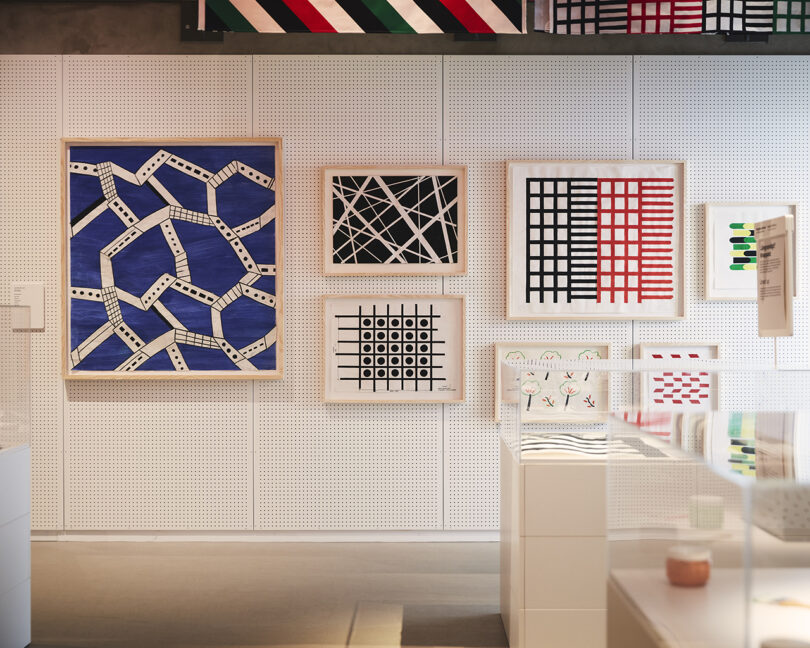
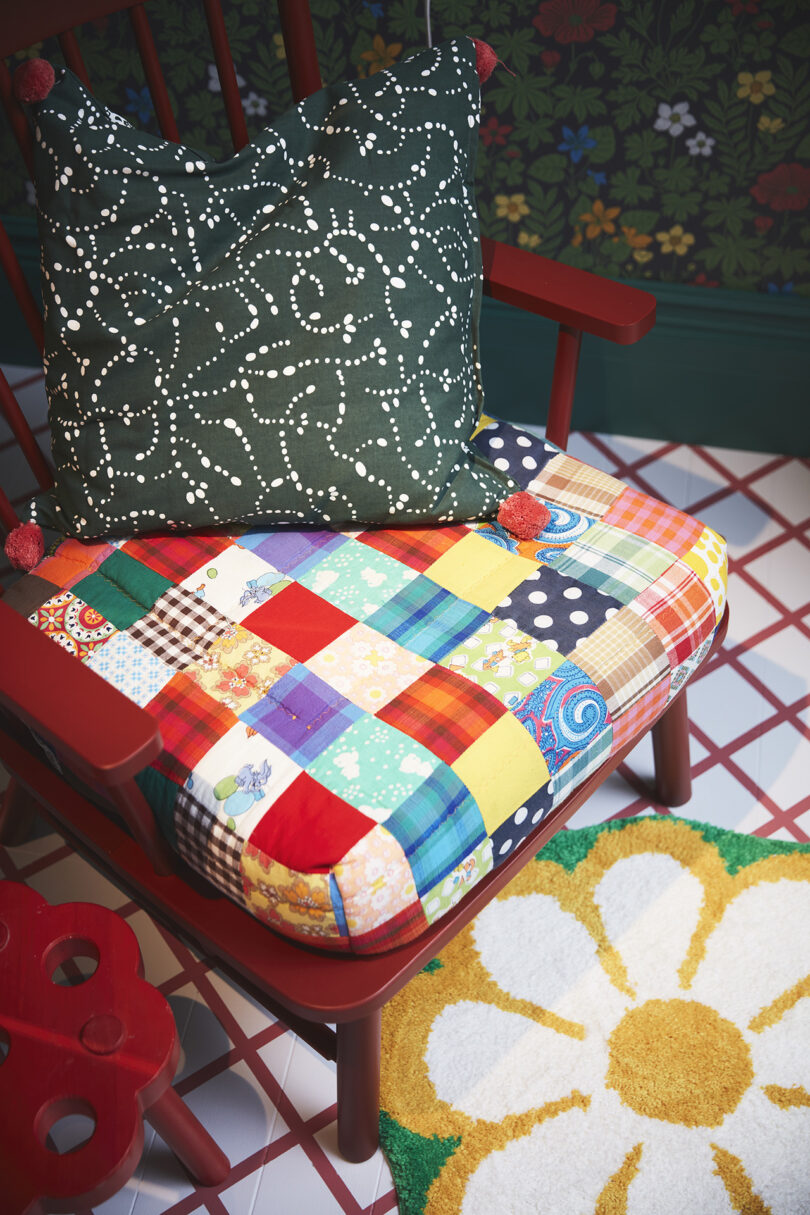
To learn more about the Magical Patterns exhibit at the IKEA Museum in Ediburgh, Scotland, which is open now through January 17, 2026, please visit ikeamuseum.com.
Photography courtesy of IKEA Museum.

